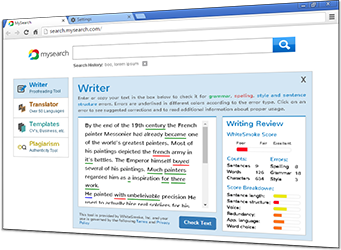Tag Questions
A tag question consists of two parts: a statement and a shortened yes/no question that refers to it and asks if the first statement is true. The two parts are separated by a comma.
- When the main sentence is positive, the tag is negative. When the main sentence is negative, the tag is positive.
- The noun in the first part becomes a pronoun in the tag
- The second part (the tag) consists of a verb and pronoun only. A question tag repeats the helping verb of the main sentence.
For example:
- John isn't coming here, is he?
- George didn't know you, did he?
- David was watching a movie, wasn't he?
- The children won't go on vacation, will they?
- Joe has gone home, hasn't he?
- Your parents have been to Europe, haven't they?
- She can drive, can't she?
- If the main verb is "to be", the question tag repeats it.
For example:
- This is your dog, isn't it?
- That wasn't your mom, was it?
- These movies are wonderful, aren't they?
Pay attention!
If there is no helping word in the main sentence, we use do, does or did in the tag question.
For example:
- They go to school by bus, don't they?
- They escaped immediately, didn't they?
- He comes here every day, doesn't he?
- They went to America, didn't they?
- After suggestions with "let's" and after offers, we use a tag with 'shall' (mainly in British English).
For example:
- Let's dance, shall we?
- I'll turn on the T.V, shall I?
- After the imperative, we use a tag with 'will'.
- For example,
- Get the newspaper, will you?



